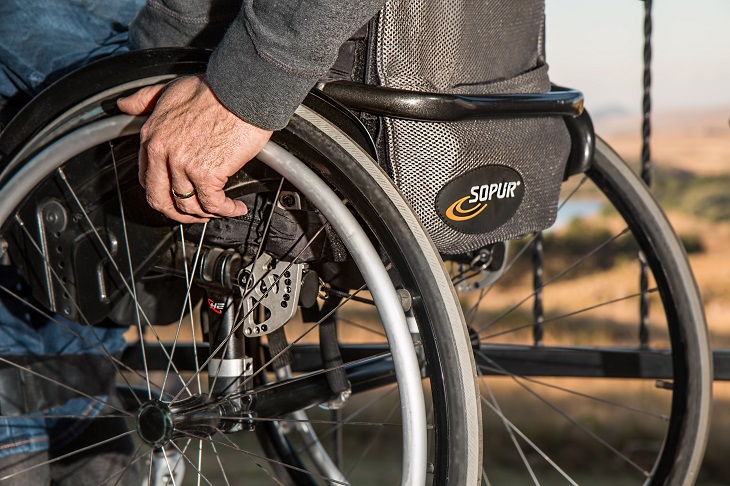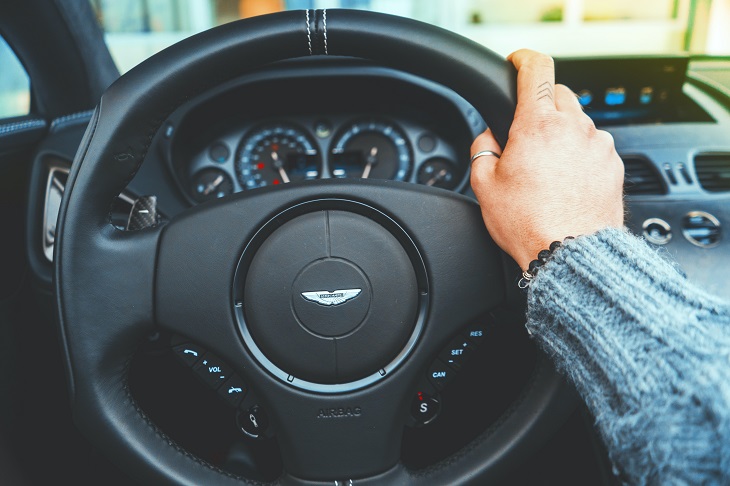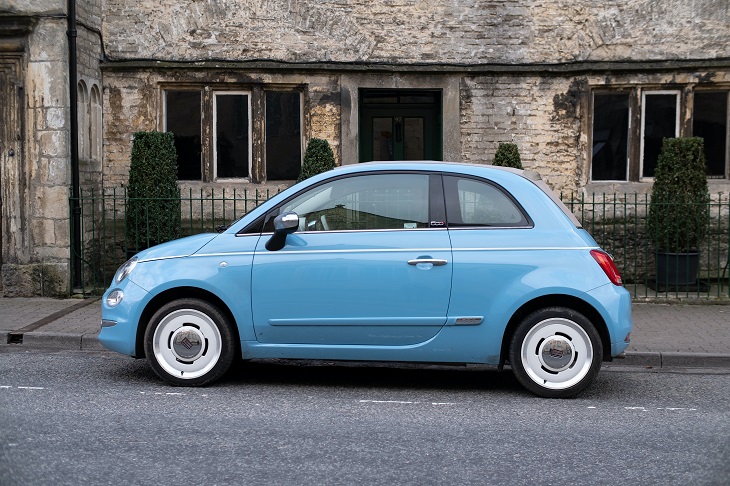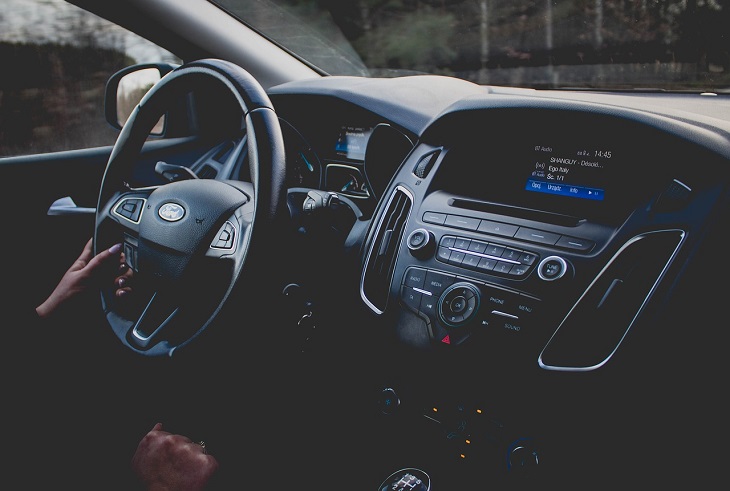Having a physical disability absolutely does not need to prevent you from enjoying the freedom and independence that driving your own vehicle allows. The ability to get around, go where you want when you want, and to live life on your own terms, is a right and not a luxury. And in 2021, disabled drivers have fewer limitations on their freedom than ever before!
A myriad of excellent vehicle modification options now exist for disabled drivers. The world of vehicle adaptations and modifications is rich in innovation. Modern technological progress has made it possible for a raft of extremely effective new disabled vehicle adaptations to come to market over the last decade.
There is a raft of options to choose from when adapting a vehicle for use by a disabled driver. Of course, everything depends on the specific needs and requirements of the driver. Choosing what vehicle adaptations are best for you can be exciting, but also daunting. Today we’ll discuss some helpful car conversion tips for disabled drivers.

How Do You Make A Car Handicap Accessible?
How you go about making a car handicap accessible is dependent on what the requirements of the driver will be. There are a lot of different adaptations and modifications available for disabled drivers. It is important that you understand your own needs and that you are aware of all of the options available to you.
Some disabled drivers will need only very minimal modifications, such as installation of a steering wheel knob. Other drivers will need to install full hand controls or raise the ceiling or roof of their vehicle.
What Are Modified Cars For Disabled Drivers?
You can get a modified car for disabled drivers that is specially made in the factory for use by people with disabilities. Alternatively, you can modify your own vehicle by adding adaptations and modifications once the car has left the factory. Modifications can be added to older vehicles easily and effectively.
How Can I Make My Car Wheelchair-Accessible?
There are plenty of options for making your car wheelchair-accessible. The most popular adaptations for wheelchair users are:
- Wheelchair lifts
- Wheelchair ramps
- Dropped floors
- Raised ceilings
- Seat modifications
How Do You Go About Converting A Car For A Disabled Driver?
Some disabled drivers like to buy a vehicle that has been specially manufactured for use by disabled people. However, most disabled drivers prefer to use their own vehicle and have conversions done by professionals or to do their conversions themselves. This is usually a cheaper option.
What Vehicle Conversions Are Available For Disabled Drivers?
The most common vehicle conversions for disabled drivers are:
- Hand controls
- Adaptive steering devices
- Adaptive ignition controls
- Automatic doors
- Pedal or seat belt extenders
- Left-foot accelerators
- Seat modifications
- Wheelchair lifts and ramps
- Raised roof
- Dropped floor
Top Car Conversion Tips For Disabled Drivers
1. Keep An Open Mind
When planning to get a vehicle conversion, it helps to keep an open mind. Only a decade ago, the options in this space were much more limited than they are today. You may be surprised to discover how much amazing technology is now available that can make life much easier for disabled drivers.
2. Put Safety First
Always have safety at the front of your mind when deciding what adaptations to choose for your vehicle. Ultimately, the most important element of a car conversion is that it is enjoyable, easy, and safe to use.
3. Ask The Experts
Often the best people to ask when choosing car conversions as a disabled driver are disabled driving instructors or disabled driving schools. Professionals in the disabled driving space are experts and will be up to date on the newest technology, so avail of their expertise. They will be happy to advise.
4. Shop Around
Don’t just jump in and buy the first thing that gets you excited. There are big differences in price between different garages, dealerships, and manufacturers. Do your bank balance a favor and shop around when buying disabled driver adaptations for your vehicle.
How Do You Apply For A Disabled Parking Permit?
If you’re a disabled driver and don’t already have a disabled parking permit, now’s the time to get one. The best way to apply for a disabled parking permit is to arrange a telemedicine consultation with a licensed physician through the Dr. Handicap online clinic. Dr. Handicap will arrange a video chat with a licensed physician in your state who will examine you and verify your disability.
Once your suitability for a disabled parking permit has been confirmed, the physician will certify the forms needed for you to acquire access to your state’s handicap parking program. It is a quick and simple procedure.







